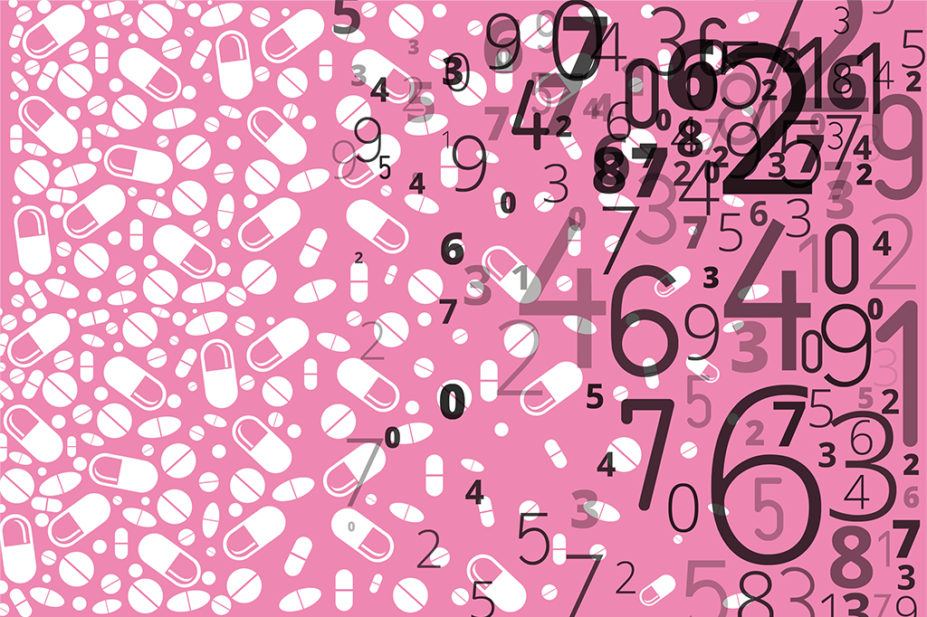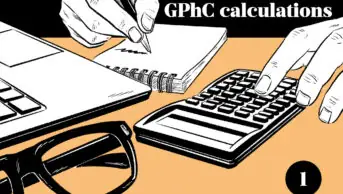
Mclean/Shutterstock.com
At the end of this article, individuals should be able to:
- Determine the right quantity of medication to supply from a prescription;
- Use formulae to solve calculations;
- Understand the importance of units and rounding when solving calculations.
This article forms part of a series of pharmacy calculation video tutorials brought to you by The Pharmaceutical Journal. Click on the links below for more:
Calculating the right amount of medication to supply on a prescription and knowing how to use specific formulae to calculate correct doses are important skills for pharmacists to possess. The ability to do so correctly is assessed by the General Pharmaceutical Council in line with the registration assessment framework.
In the following videos, Simon Harris, head of education at Greenlight Campus, provides trainees with a step-by-step walk through of three example calculations.
The following questions and answers are provided as examples only and are included to give you an idea of the types of question that will be asked during the registration assessment. Please note that these exact questions will not be included in the assessment.
Example 1: Using provided formulae
Question:
Mr W, a man aged 72 years, has been prescribed a five-day course of Vepesid (etoposide) for the treatment of small-cell lung cancer. The dose of etoposide prescribed is 0.2g/m2 daily. Mr W’s last recorded weight was 81kg and he is 1.82m tall.
How many 100mg etoposide capsules should be dispensed to allow Mr W to complete the course?

Solution:
Example 2: Quantity to supply
Question:
A patient with atrial fibrillation is started on amiodarone. The consultant prescribes a starting dose of 200mg three times per day for one week, then reduced to 200mg twice per day for a further week, followed by a maintenance dose of 200mg daily.
How many amiodarone 200mg tablets will the patient need for the first 112 days?
Solution:
Example 3: Using provided formulae
A girl aged 7 years weighing 31kg has been brought into A&E suffering from asthma, and a decision is made to initiate treatment with theophylline. The desired steady-state concentration is 15 microgram/mL. The apparent volume of distribution (Vd) for theophylline is 0.5L/kg.
Loading dose (mg) = Css(mg/L) x Vd (L)
Using the formula and information above, what would be the most appropriate intravenous loading dose, in mg? Give your answer to one decimal place.
Solution:
Additional calculations resources:
For thousands of practice questions to help you prepare for the GPhC registration assessment, including extended matching answer, single best answer and calculations, visit ONtrack.
RPS revision course with mock assessment
This course is designed for all foundation trainees sitting their General Pharmaceutical Council (GPhC) registration assessment in summer or autumn 2025.
Available exclusively to foundation trainee RPS members as part of their membership, revision webinars start in March 2025 and booking is now open for trainees to secure their place.



